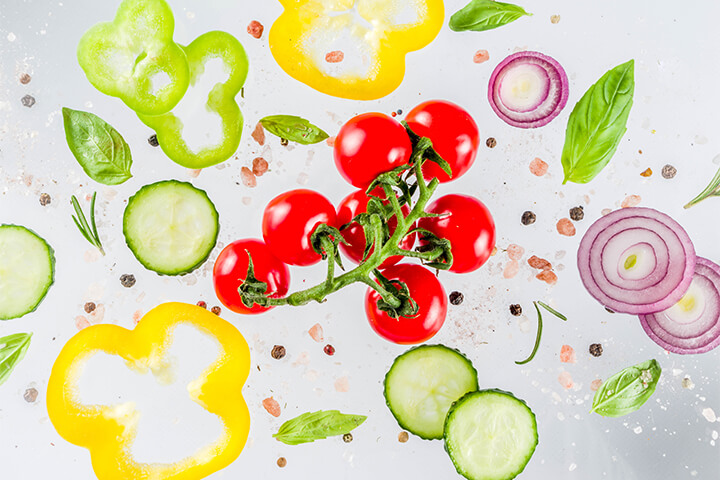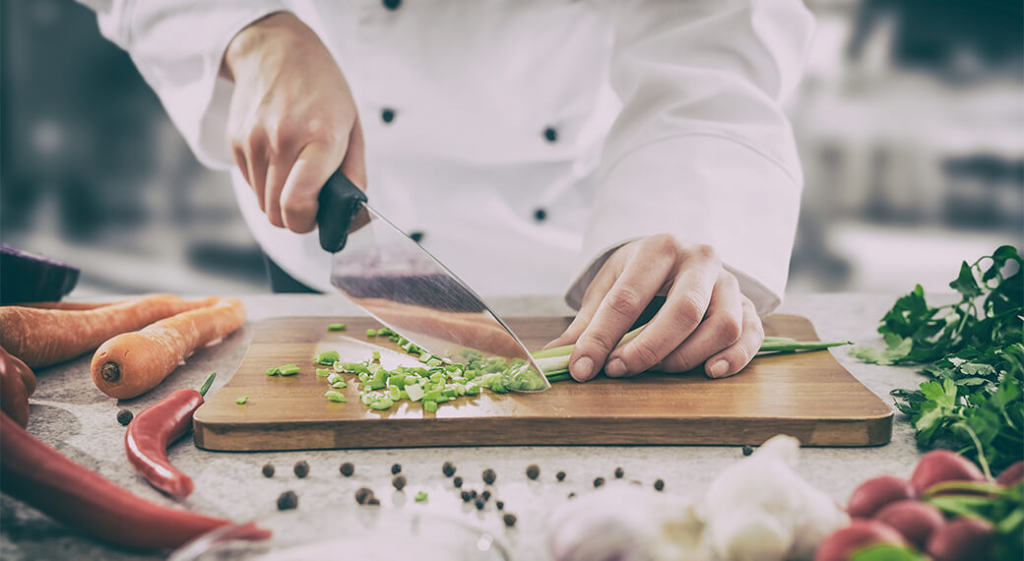Running a profitable restaurant is a challenge in the best of times, let alone in the 2020s. To make do, many restaurants are saving money by shaving down their menu. However, blindly slashing dishes isn’t the best solution. To help your restaurant increase profit margins, we present a strategic approach for streamlining menus and ingredient lists.
Menu-Shaving Strategies

Restaurants may streamline their menus for a variety of reasons. The main motivating factor is of course, food prices. Costs have been steadily climbing due to supply chain issues and global events. Streamlining your menu also helps you do more with less. For instance, if your restaurant is struggling with a labor shortage, streamlining your menu will help optimize kitchen operations.
A smaller menu translates to less prep work, faster cooking times, and smoother kitchen workflow. With fewer complex dishes, your staff can focus on perfecting a smaller set of offerings, leading to faster service. Given these few reasons alone, menu streamlining is an attractive strategic response to current economic pressures and a way to continue offering a world-class dining experience.
Next, we’ll look at specific strategies for shaving the fat off your restaurants’ menu.
Streamline Your Menu With Data-Powered Insight
The strategic key lies in data-driven decision making. Dishes with consistently high sales and positive reviews are prime candidates to keep. Analyze your sales figures to identify which dishes are consistent all-stars, and which ones don’t contribute to the bottom line. Are there dishes with low sales figures or high food costs?
Once you’ve identified the low performers, remove them, and focus on the items that bring in the most revenue. Then, support this strategy by placing your most profitable items at eye level or within designated sections on the menu.
Remember, a streamlined menu is a living document. Regularly revisit your data, customer feedback, and industry trends to ensure your menu remains optimized.
Make Flexible Ingredients Work for Your Menu
Next, take a close look at your ingredient list. Here’s where a critical eye comes in. For instance, if there are ingredients used for only one or two dishes, is it worth the spend?
Seek opportunities to utilize the same ingredients in multiple dishes. Take an ingredient like grilled chicken breast. It can be featured in salads, sandwiches, or as an entree with different sauces and accompaniments. Flexible ingredients help to reduce waste while simplifying inventory management.
Exploring the world of interchangeable ingredients helps to further reduce your shopping list. For example, certain vegetables could be used across multiple dishes, offering seasonal variety without requiring a complete overhaul of recipes. Seasonal ingredients are not only fresher and tastier, but they’re often cheaper too.
Streamline Your Menu for a More Efficient Commercial Kitchen
Some restaurants may be equally interested in efficiency. To boost your kitchen’s efficiency, think beyond the food itself and concentrate on technique. You can simplify your back-of-house flow by reducing the number of preparation methods or cooking techniques required for your dishes.
Engage Staff and Customers Through Change
Change is always met with some resistance. Ease your customers into changes by clearly communicating the rationale behind your menu updates. Utilize social media, signage in your restaurant, and even in-person communication with wait staff to keep your customers informed and engaged.
Finally, remember that your staff is your secret weapon. Cultivate a culture of creativity and collaboration. Encourage chefs to experiment with new dishes using a core set of ingredients. Empower servers to explain the rationale behind menu changes and specials. A passionate and engaged team can be the difference between simply surviving and truly thriving in challenging times.
Less Can Be More for Your Restaurant

Remember, reducing your dishes or ingredients doesn’t take away from a vibrant dining experience. The purpose of streamlining is to create a smarter menu. It’s about offering delicious food that people love, while keeping your business afloat. So, grab your data, get creative with your ingredients, and don’t be afraid to experiment.



